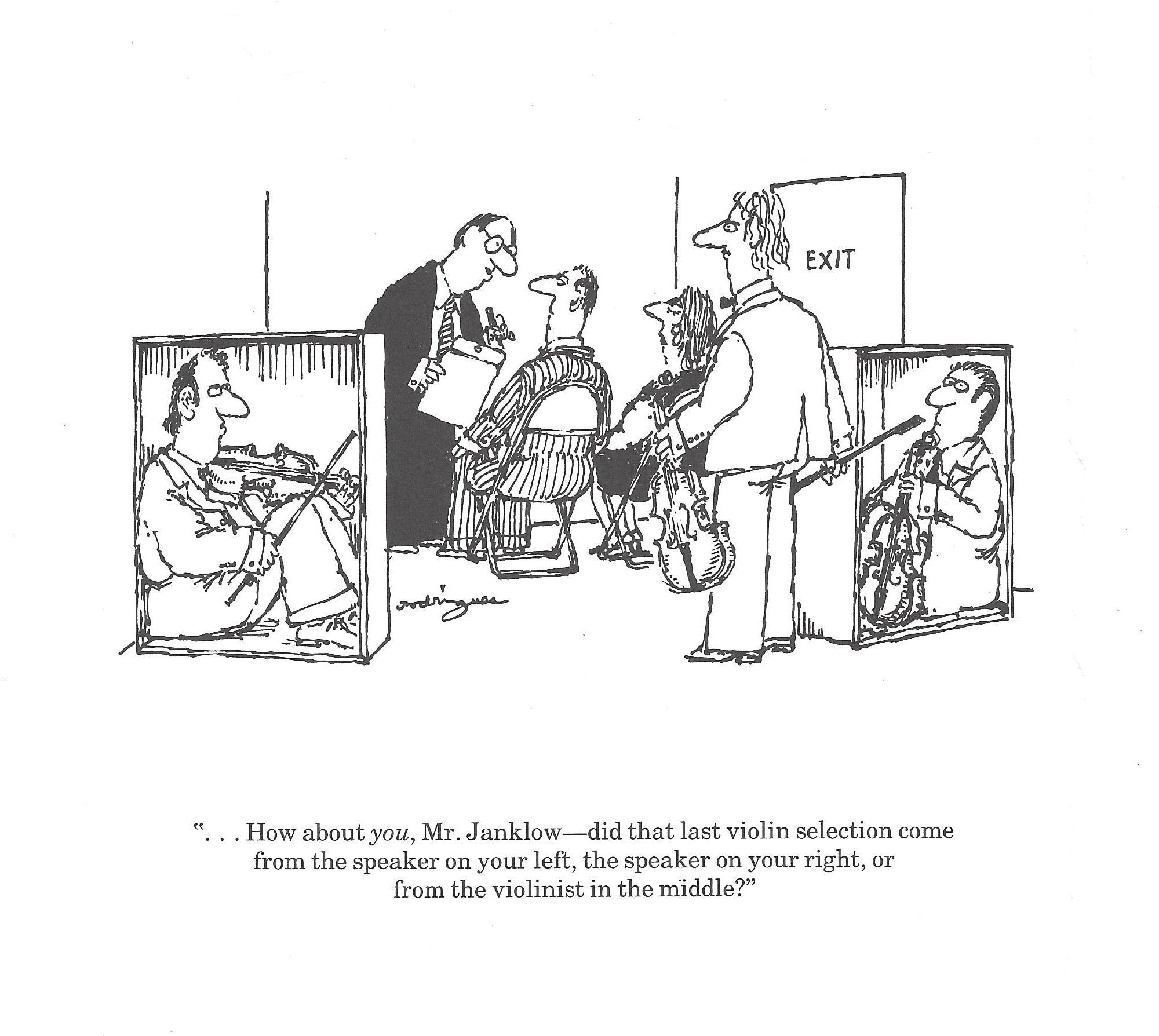Robn
pfm Member
On Friday evening we played Daft Punk's Discovery in my garden for our first post CV19 record club return.
Using SBT/2Qute DAC, Exposure 21/18S into well supported Kef 104/2s everybody was shocked how good this sounded for PRAT and pinpoint 3D imaging. I can only attribute this to the lack of reflections, I've used the same kit indoors and it sounds great but being outdoors in open space raised it to a different level.
Using SBT/2Qute DAC, Exposure 21/18S into well supported Kef 104/2s everybody was shocked how good this sounded for PRAT and pinpoint 3D imaging. I can only attribute this to the lack of reflections, I've used the same kit indoors and it sounds great but being outdoors in open space raised it to a different level.


